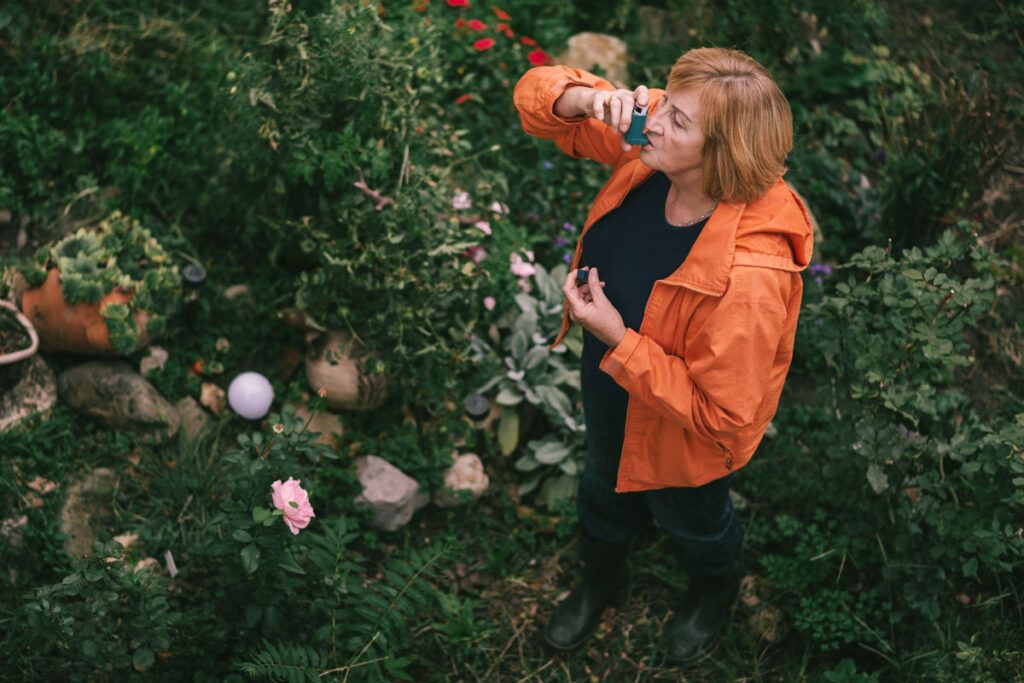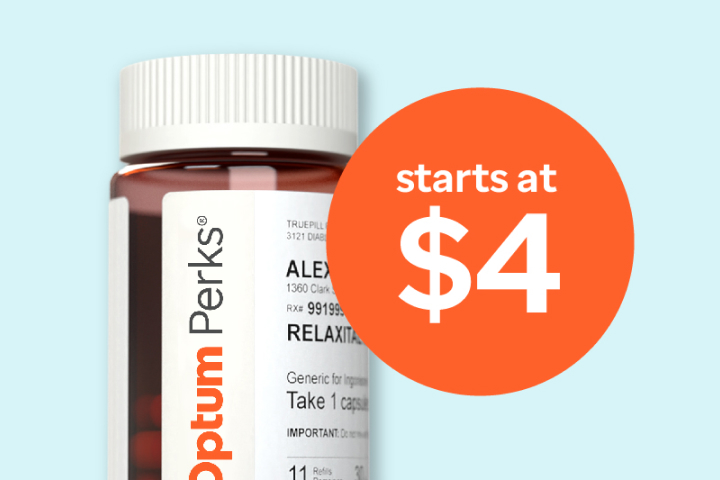As the weather warms up and the days get longer, you may notice your allergies flaring up. For many people, allergic or seasonal asthma returns during this time of year. Allergens such as pollen from trees, grasses, and other plants can worsen asthma symptoms.
Changes to local temperature and seasonal activities, like outdoor sports in the summer, can also play a key role in triggering seasonal asthma. A person with seasonal asthma can have trouble breathing.
What is seasonal asthma?

Seasonal asthma is a type of allergy where allergens present at certain points in the year trigger asthma symptoms. If you have seasonal asthma, you will notice your breathing becomes difficult during this time.
Seasonal asthma has different triggers than nonallergic asthma. Nonallergic asthma triggers include:
- smoke
- cold air
- medications
- respiratory viruses
- exercise
For some people, springtime, fall, and summer are particularly challenging times of the year for their seasonal asthma symptoms.
Causes of seasonal asthma
The root cause of asthma is most likely a combination of genetics and environmental factors.
Seasonal allergens can trigger asthmatic symptoms in people with seasonal asthma. When this happens, your immune system mistakes an allergen that might not affect others for something that needs to be attacked, like a virus or bacteria.
In response, your immune system produces immunoglobulin E (IgE). This is an antibody that causes inflammatory molecules called histamines to activate.
Allergen exposure can cause:
- a runny nose
- sneezing
- itchy eyes
If you have seasonal asthma, this allergic response causes a reaction that affects your lungs and respiratory system.
Common triggers of seasonal asthma include:
| Type | Why |
|---|---|
| Pollen | Pollen allergies are a common trigger of seasonal asthma. Different types of pollen occur during certain months in the United States. For example, tree pollen is most likely to affect you from March until May. Weed pollen, such as ragweed, causes allergies in around 15% of people in the United States. You are most likely to experience seasonal asthma from weed pollen in late summer and fall. |
| Mold and mildew | Fungi, mold, and mildew can cause seasonal asthma symptoms. While fungi are around all year, some types spread more easily during dry weather, while others spread further during humid weather, like in summer. As you inhale mold spores, your immune system interprets them as harmful. To reduce your exposure to mold and mildew, prevent buildup in your home. Pay close attention to your bathroom or anywhere that is damp. |
| Cold weather | The wintertime can cause asthma symptoms. Cold air can be dry, and breathing it in can cause the fluid lining your respiratory airways to disappear quickly. Also, in cold weather, your airways produce more mucus to remove unhealthy particles. However, this mucus is thicker than usual, making you more likely to contract an infection. |
| Hot weather | Hot and humid air can cause asthma symptoms. Humidity increases allergens like dust mites, air pollution, and some types of mold, which aggravates asthma. |
Symptoms
Symptoms of seasonal, allergic asthma can include the following:
- coughing
- chest tightness
- wheezing when you exhale
- difficulty breathing
Treatments
If you have seasonal asthma, you can work with a healthcare professional to create a treatment plan that works best for you. Treatment typically aims to help prevent and manage allergic asthma attacks.
A doctor may prescribe medications or recommend over-the-counter (OTC) remedies.
These can include:
| Type | Names | How does it work |
| Inhaled corticosteroids | fluticasone (Flovent HFA) | These medications work to stop inflammation in the bronchial airways (the passages leading to the lungs), making it easier to breathe. |
| Combination inhaler | Symbicort | These inhalers combine two types of medication: corticosteroids to reduce inflammation in your airways and beta-agonists to reduce swelling and keep your airways open. |
| Quick relief medication | albuterol (Accuneb), levalbuterol (Xopenex) | These are short-term medications that relax the muscles surrounding your airways. They provide instant relief during a seasonal asthma attack. |
| Tablet medications | montelukast (Singulair), fileuton (Zyflo) | For long-term control of seasonal asthma, these medications shut down the effects of particular molecules that trigger inflammation in your airways. |
Other remedies you can try during seasonal asthma flare-ups include:
- Allergen immunotherapy, such as allergy shots: Allergy shots involve injections with small doses of an allergen to get your immune system used to it, which stops your body from reacting to it.
- Try an air purifier: An air purifier will filter mold spores and air irritants from the atmosphere in your home to relieve allergic reactions. A study of 38 people notes that air filters reduce allergens in the home by up to 71%.
- Keep your windows closed: In the morning, pollen counts are at their highest. Keeping the windows closed will stop the pollen from entering your home.
- Steam cleaning: Regularly steam cleaning your carpet helps keep it clear of dust mites. Also, regularly washing your bedding with hot water will help.
- Use a dehumidifier: In rooms that are prone to dampness, such as the bathroom, try a dehumidifier to prevent mildew build-up.
If you need help covering the cost of medications, the free Optum Perks Discount Card could help you save up to 80% on prescription drugs. Follow the links on drug names for savings on that medication, or search for a specific drug here.
